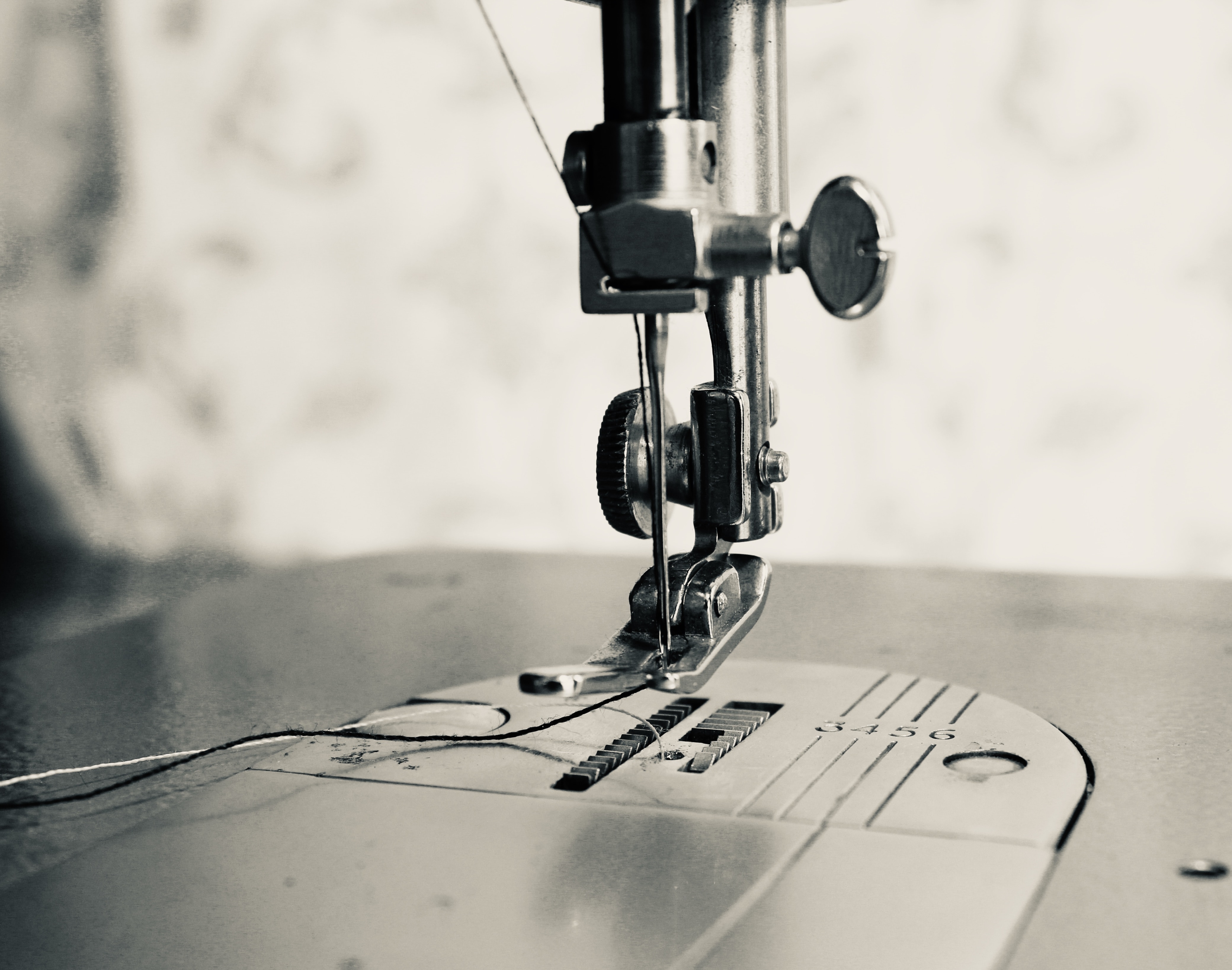This article by Ray Spitzenberger first appeared in IMAGES for April 23, 2020, East Bernard Express, East Bernard, Texas.
My Wendish great grandfather was a tailor in Saxony, Germany. My Wendish grandmother was known for her tiny stitches, her beautiful, hand-pieced quilts, and her superb mastery of the treadle sewing machine. And so was my Wendish mother. As I was growing up, my mother made all of my pajamas, undershorts, everyday shirts, dress shirts, Bermuda shorts, and even a few jackets, until I graduated from high school and left home. She even made bartender aprons and hunting bags for my father. She could sew anything and did. Well, — except for one thing. She never had to make a face mask.
If she and Grandma were still living today, they would come to our rescue by cranking out homemade face masks by the dozens! Since Governor Abbott first asked folks in Texas to wear face masks when they take care of necessary public interactions, my wife has acquired three handmade masks, one a gift and two bought; and she uses them every day. Who would ever have thought we would see the day almost everyone in town is wearing a mask, and who could imagine where all those masks come from.
By mid-March, with the Coronavirus ravaging our country, the leaders of our State and our Country realized there were severe shortages of essential medical supplies, shortages that would quickly lead to serious consequences. Professional quality, medically approved face masks were desperately needed. When enough of these were not forthcoming to hospitals, clinics, and other medical facilities, much less to the ordinary citizen, a plea went out for homemade face masks, to be used at least by providers of essentials, such as city workers, delivery people, postal workers, care-givers, etc. Pleas went out for homemade masks, and the response was immediate and overwhelming.
We saw this fast response, not only in Texas and our own area (when my wife went to a clinic recently to have lab work done, she was given a handmade mask, donated by area ladies who can sew), but all over America. University Hospitals in Ohio, for example, asked for donations of homemade face masks, and received 50,000 or more in two weeks. In Central Wisconsin, a clinic sent out an appeal for masks, and immediately received hundreds. In Chicago, University of Chicago Medicine sent out a similar appeal with similar results.
The City of Fort Worth sought donations of 15,000 homemade masks, so that they could give each city employee two masks to wear to work. Cooke County, Texas put up drop boxes for collecting hand-sewn masks, to be give to medical facilities and nursing homes. Houston VA accepted handmade masks for non-symptomatic people, and the Austin Disaster Relief Network collected many such masks. While most medical professionals on the front line were provided with medically approved masks, these handcrafted masks could serve the general populace until the severe shortages were rectified.
Don’t ever underestimate the power of the needle and the sewing machine! America first discovered this power during World War I, when the Red Cross, working with the nation’s churches, asked American women to sew clothing for the soldiers on the battlefront and for war refugees. They were especially urged to also knit socks and sweaters for the soldiers in the trenches. Socks were desperately needed to provide adequate sock-changes to prevent trench foot, which was so widespread in the trenches.
And again, in World War II, the Red Cross called upon women to sew and knit, but to take these handmade items to raise money as needed for the War effort.
In the 1950’s, when treatments and cures for cancer were very limited, and the disease was epidemic, women’s groups in churches everywhere made and donated cancer bandages and sewed lap robes for cancer patients.
Most folks are familiar with the old saying, “The Pen is mightier than the Sword,” an aphorism applied, during the War of Independence, to Thomas Paine’s powerful writings which rallied George Washington’s troops when read to them. In the two World Wars and in this current “War” against the Coronavirus, it might be appropriate to say, “The Needle and the Sewing Machine have been just as powerful.”
-o-
Ray Spitzenberger is a retired teacher and pastor, and author of a book, It Must Be the Noodles.

